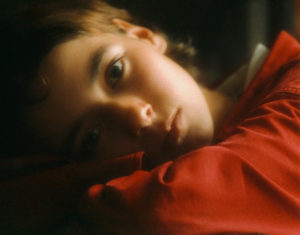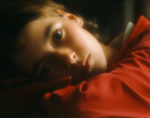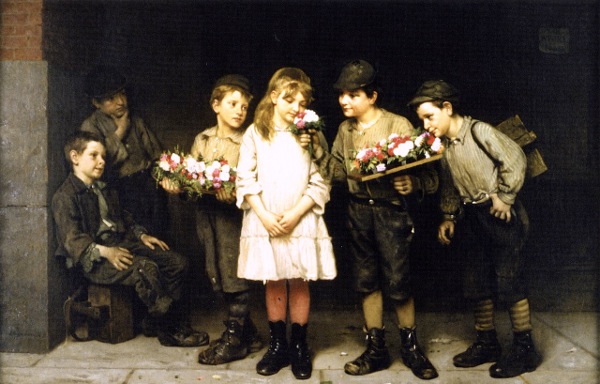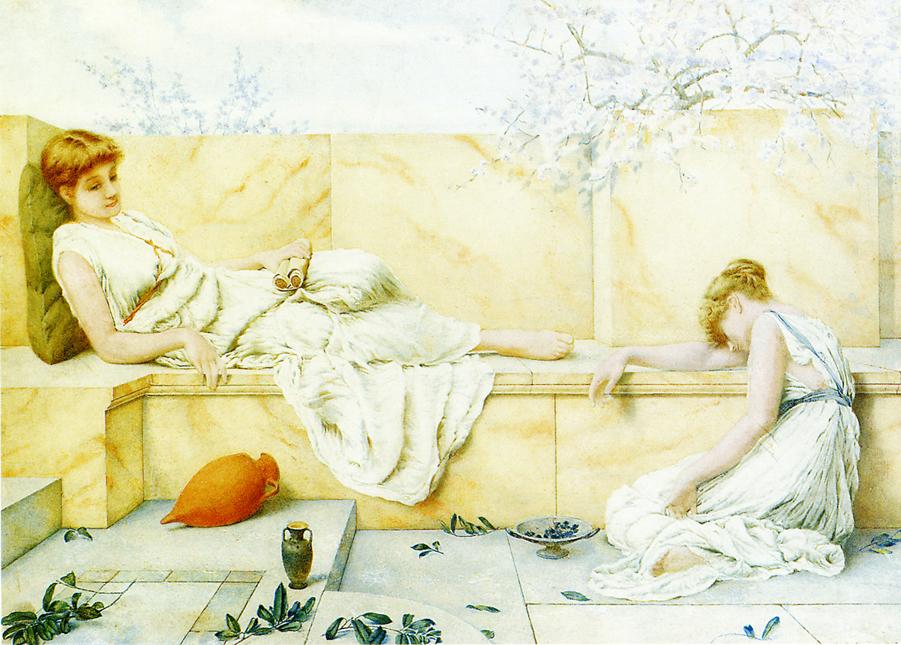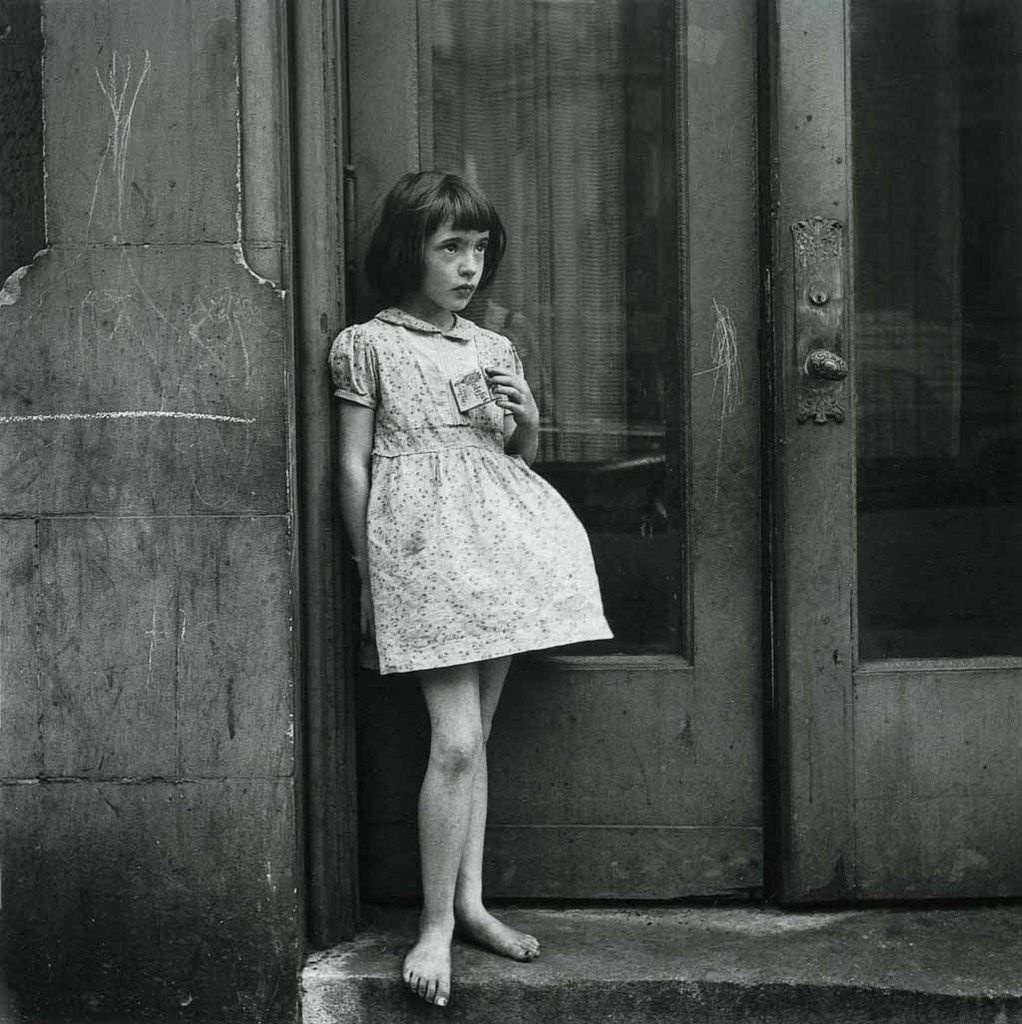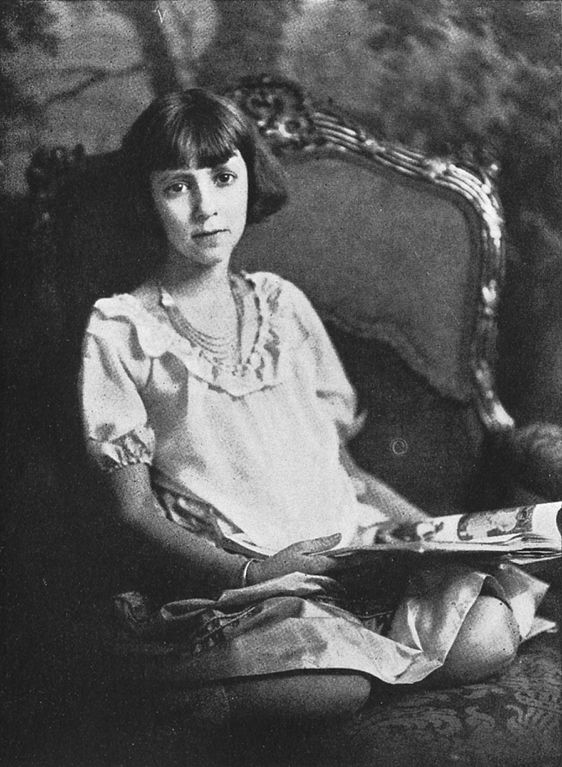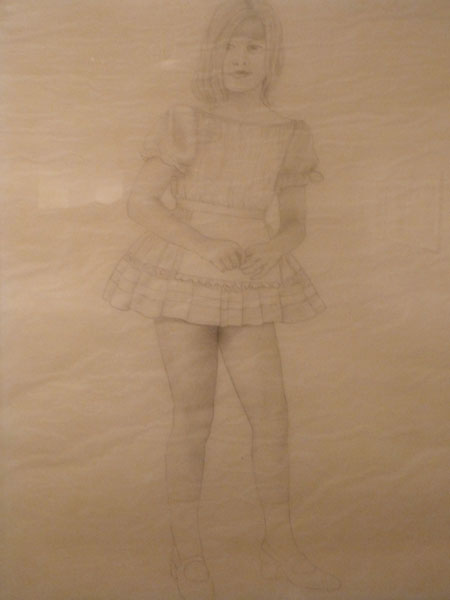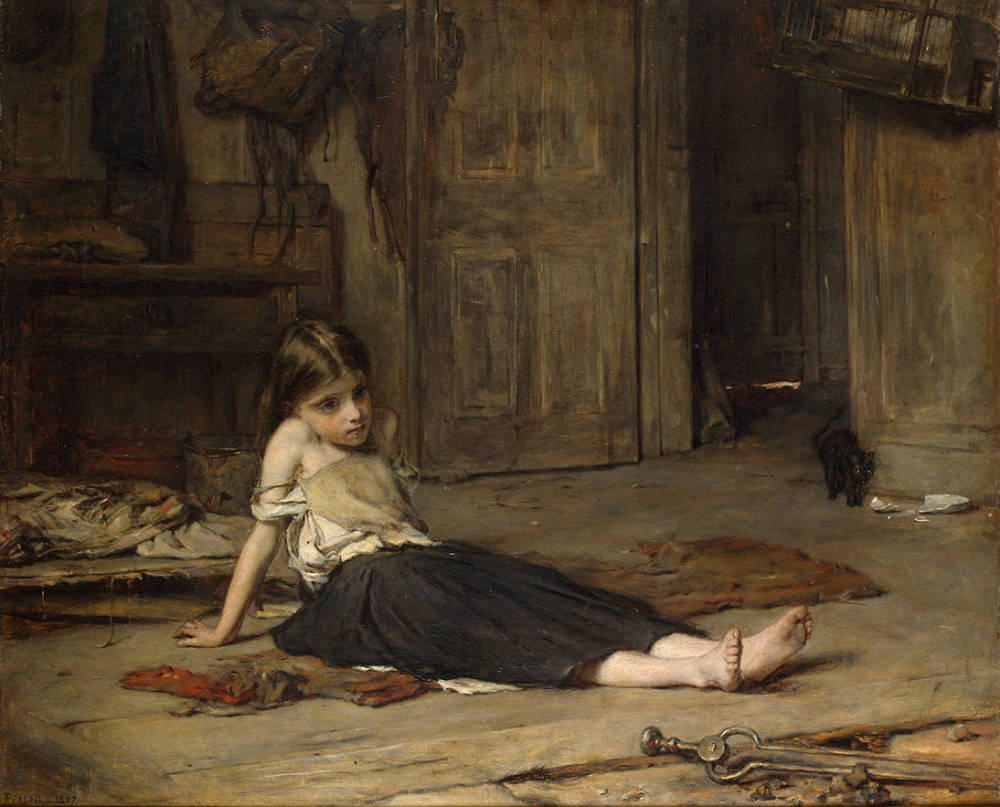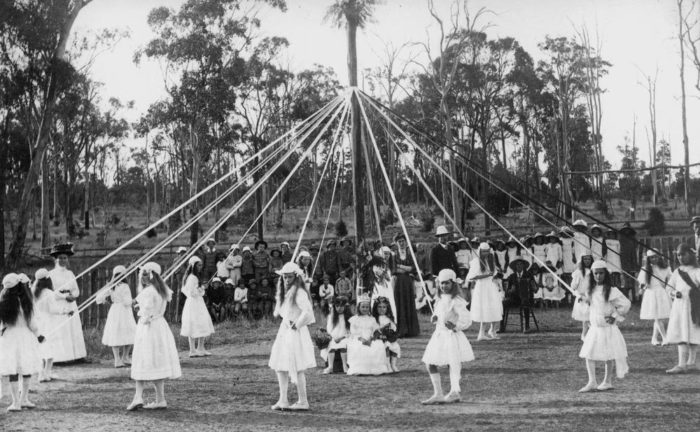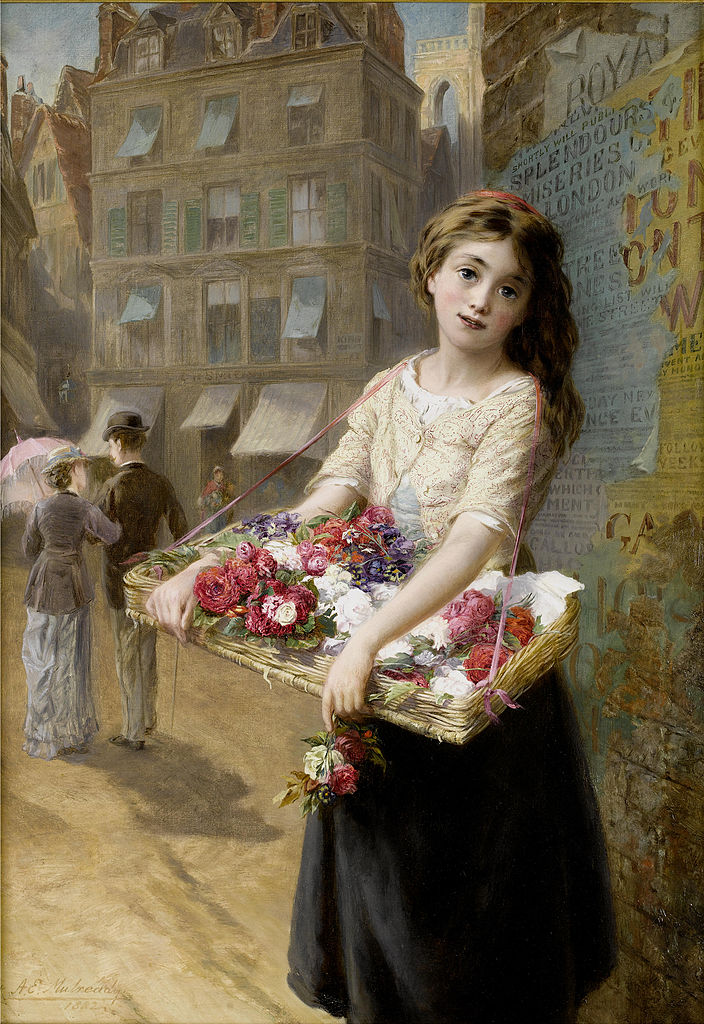
Fabian Strachan Woodley (b. 19 July 1888, d. 8 August 1957) was a British poet who published only one book of verses, A Crown of Friendship (1921). He was a late representative of the ‘Uranian’ school of male poets who exalted the love of boys. As writes a website devoted to Woodley, “Like the other ‘Uranian’ poets, he declared that Boyhood was the only ideal worth following.” Indeed, many of his poems deal with boys he loved. According to the above-mentioned site, Woodley said: “I was a Poet and Dreamer and Lover and Boy with them.” CONTINUE READING / CONTINUER LA LECTURE…
